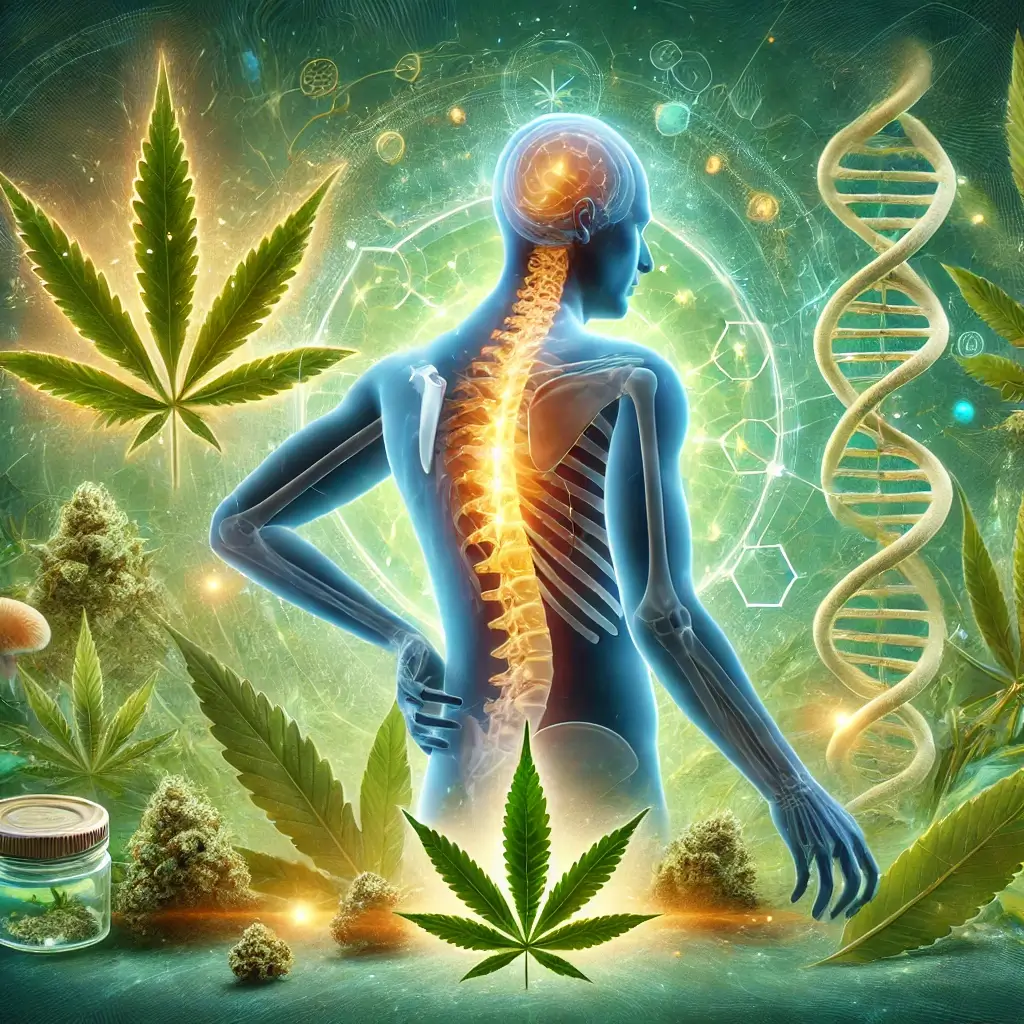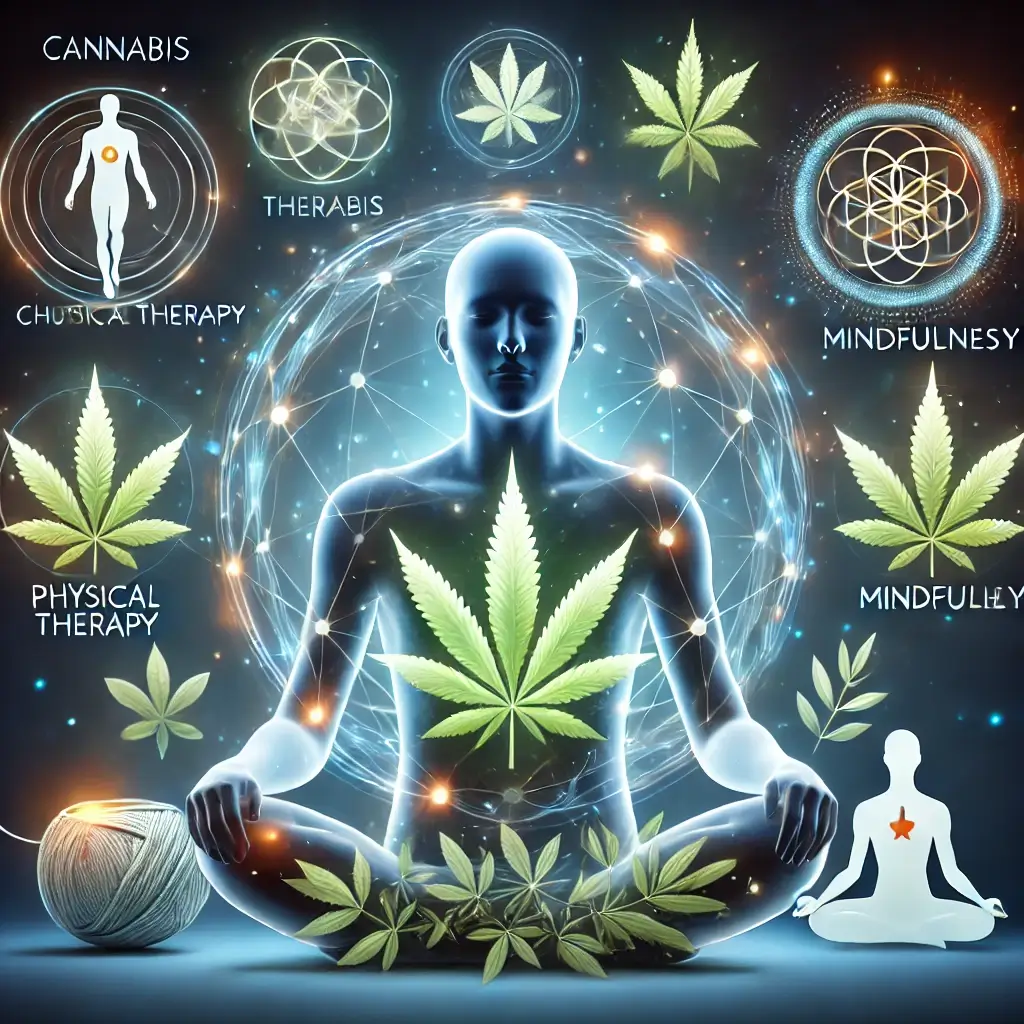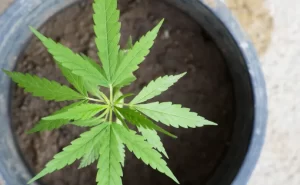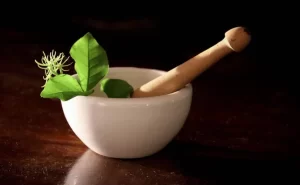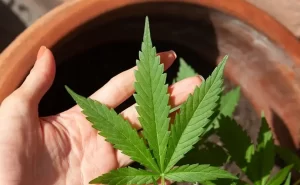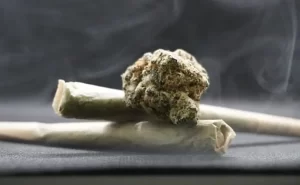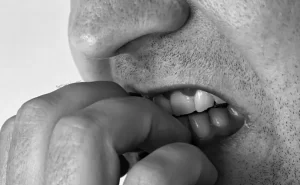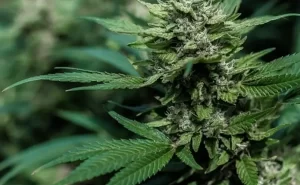Cannabis Jargon if you’re new to Marijuana
You should have a basic command of a few cannabis-related terminologies before beginning. Pound, jar, pack, and joint are commonly used in cannabis slang. A “hit” describes inhaling cannabis, which varies depending on its consumption. One “hit” is equal to one drag off a joint or puff on a vape pen.
Drug slang
It may be quite challenging to keep up with the cannabis jargon if you’re new to marijuana. However, you should be able to define phrases like scent and flavor at this point. In general, the specific combination of terpenes, which are present in the plant’s leaves and seeds, determines the aroma and flavor of cannabis. Others choose to use cannabis in a different way than those who have a distinct favored fragrance.
It’s a common error to refer to marijuana as “weed.” The cannabis market is so large that it’s expected to generate more money this year than the NFL.
Although the marijuana plant is legal in some nations, unfamiliar users may find the language bewildering.
Although “weed” is frequently used to refer to cannabis, it is a sort of concentrate. Budder is another name for cannabis concentrates. It is a smooth, thick mixture that resembles cake batter or butter.
Standard marijuana slang
To get you started, there are plenty of cannabis slang expressions. Here are a few for beginners to be aware of. Small bags of cannabis are referred to as “biftah” and “dime.” The term “Camberwell carrot” originated from the film Withnail and I and refers to an unusually enormous joint. The names “chunk,” “bomb,” “dank,” and “chronic” are also slang for marijuana.
Despite its origins in the sort of Indian hemp initially used to make cannabis, hashish is a colloquial term for marijuana. While some call it “grass,” others call it “marijuana.” Marijuana goes by several other names, such as Mary Jane, Dona Juanita, Johnny, and Johnny. This manual will be an essential resource if you are new to cannabis culture.
Weed’s cannabinoid content
The chemical components of marijuana that give users a high are called cannabinoids. These substances have significantly different pharmacological actions despite being closely linked. A plant’s THC level decreases as its CBD content increases.
The most popular marijuana strains in New Jersey have traces of CBDA. Only a small number of cannabis strains are strong in both types of cannabinoids, whereas the majority of other strains contain a combination of both.
While most American adults now have legal access to cannabis, it remains illegal under federal law. Therefore, accurate information on the cannabinoid content of marijuana is now more critical than ever because of this.
To do this, it is necessary to standardize laboratory testing so that the results are comparable between all labs. Regrettably, marijuana testing procedures are not currently standardized. Furthermore, there is a lot of discussion about the reliability of the findings.


